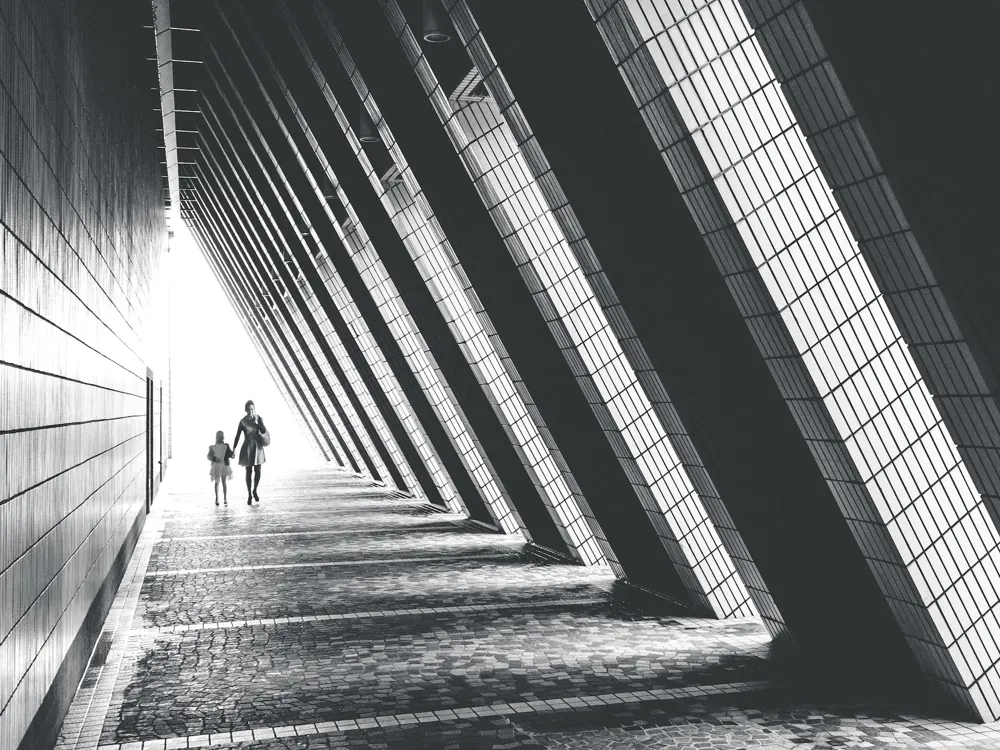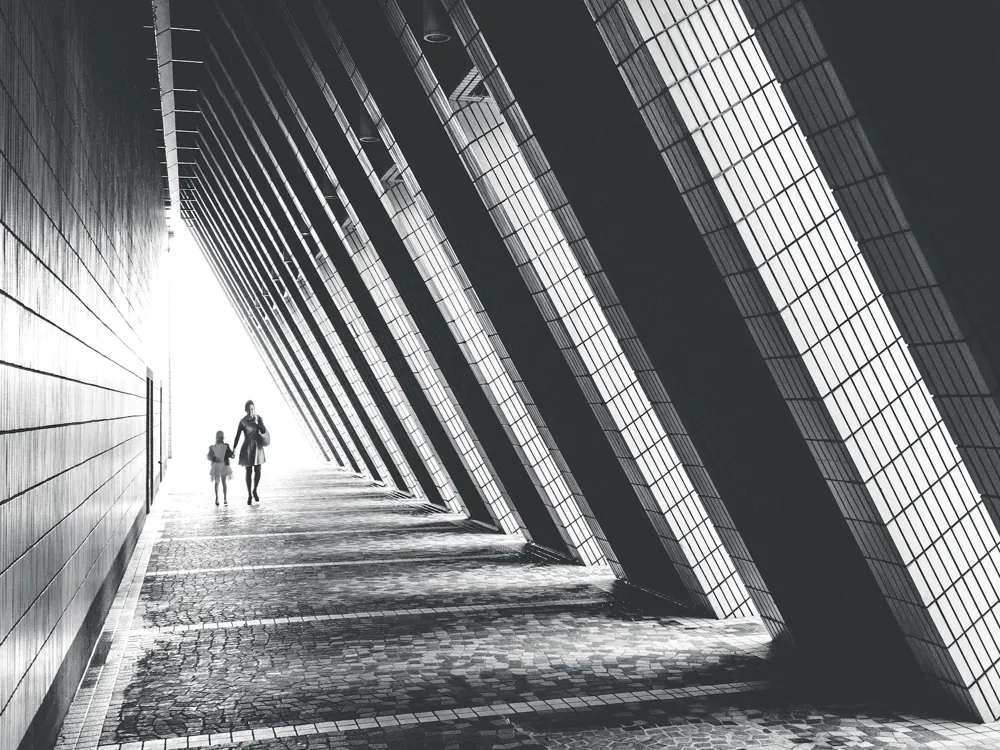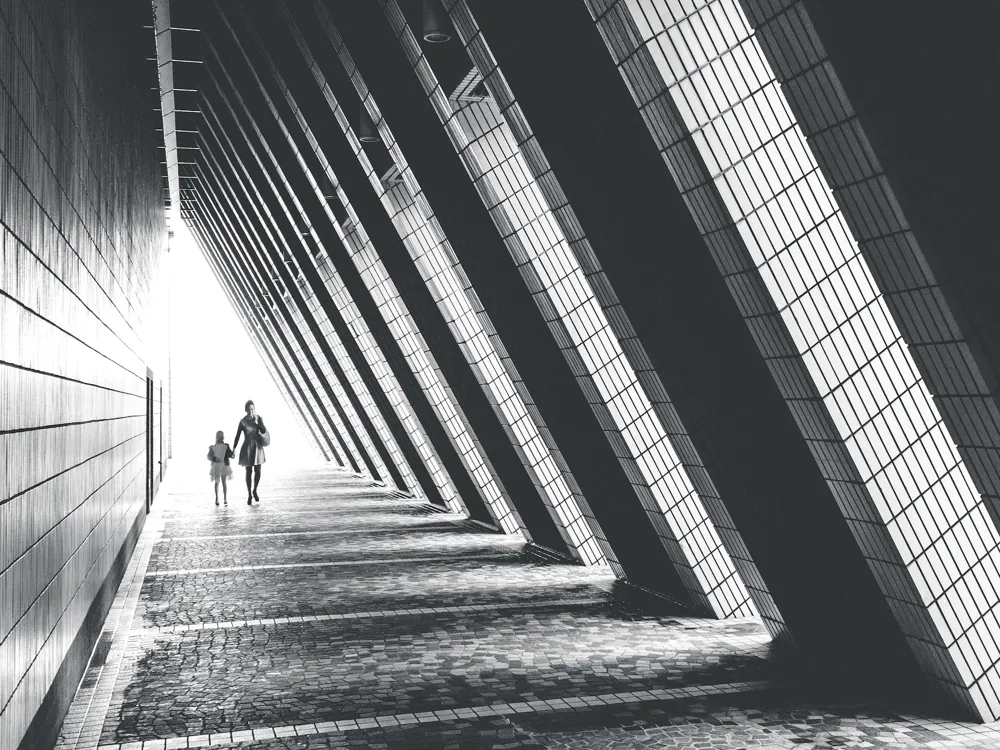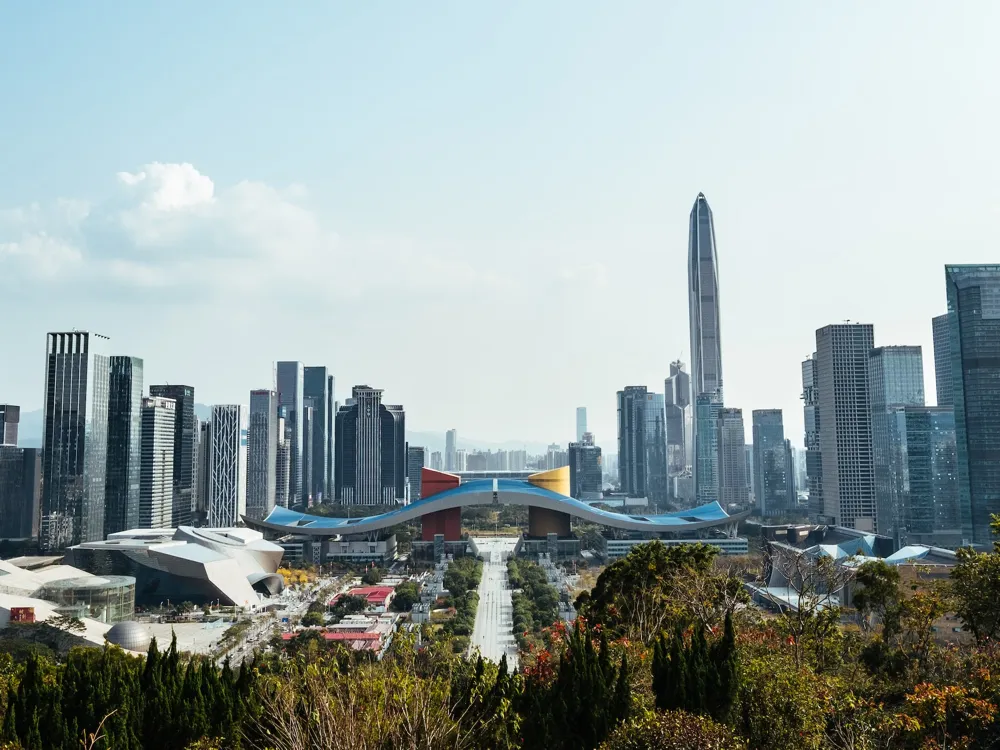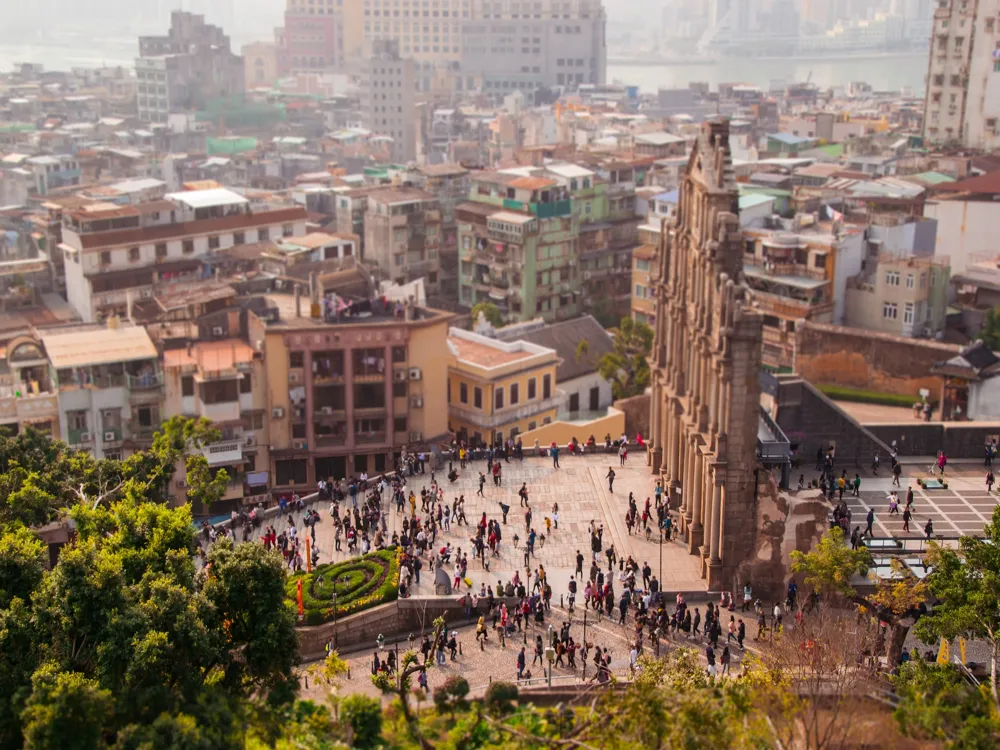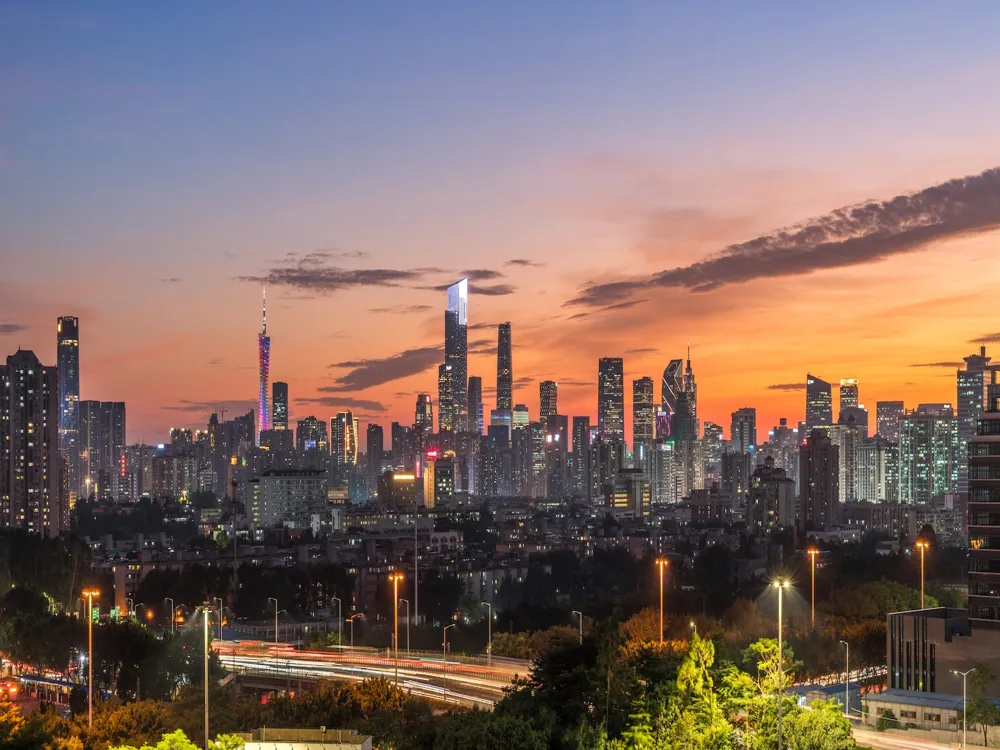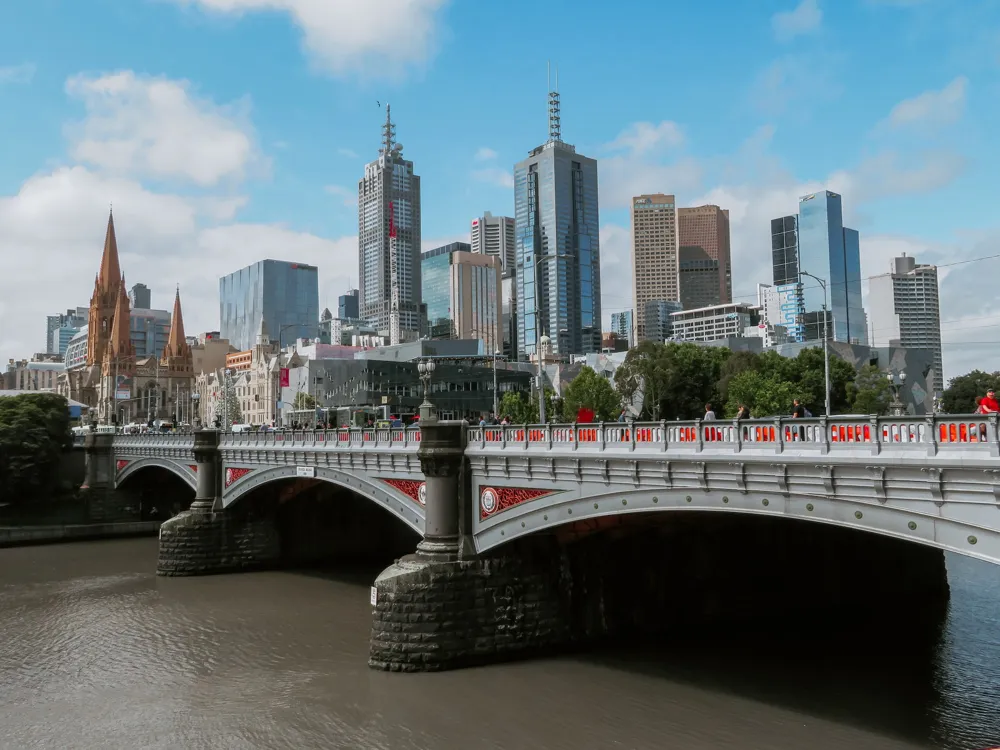Hong Kong Central, the bustling heart of Hong Kong, is not just a financial hub but a fusion of tradition and modernity. This district, often referred to as Central, is where the past, present, and future of Hong Kong coexist in a vibrant tapestry. From the iconic skyline dotted with skyscrapers to the historic streets that tell tales of a bygone era, Central is a place of contrasts and excitement. Central is home to some of the world's most significant financial institutions, making it a powerhouse in the global economic landscape. The area is a blend of high-end shopping areas, luxurious restaurants, and historical landmarks. It's a place where you can witness the hustle of business professionals alongside tourists soaking in the culture. The juxtaposition of modern high-rises and ancient temples offers a unique experience that epitomizes the essence of Hong Kong. The district's history stretches back to the early days of British colonization, and this is evident in its architecture. The colonial buildings, such as the former Legislative Council Building, stand as a reminder of Hong Kong's past. Meanwhile, the region's rapid development is showcased in its modern architecture, with structures like the International Finance Centre (IFC) symbolizing its growth and prosperity. Central is not only a business and financial district but also a cultural hotspot. The area is dotted with art galleries, theaters, and museums, each offering a glimpse into the rich tapestry of Hong Kong's culture and heritage. The nightlife in Central is vibrant, with Lan Kwai Fong and SoHo being popular spots for both locals and visitors. These areas are known for their lively bars, clubs, and international cuisine, making Central a perfect blend of work and play. For visitors, Central offers an unparalleled experience. The district's efficient transportation system, including the iconic Star Ferry and the Mass Transit Railway (MTR), makes navigating this bustling area a breeze. Central's diverse range of attractions, from shopping and dining to historical sites and cultural experiences, ensures that there is something for everyone in this dynamic part of Hong Kong. The architecture of Hong Kong Central is a testament to the city's evolution and its status as a global metropolis. The skyline of Central is one of the most photographed in the world, characterized by its towering skyscrapers and innovative designs. This area is a showcase of architectural marvels, blending historic colonial buildings with cutting-edge modern structures. One of the most iconic buildings in Central is the International Finance Centre (IFC), a symbol of Hong Kong's economic prowess. This towering skyscraper is not just a business hub but also a landmark of contemporary architectural design. The IFC, along with other high-rise buildings like the Bank of China Tower and the HSBC Main Building, creates a stunning visual narrative of the city's growth and ambition. However, Central's architectural landscape is not only about skyscrapers. The area is also home to several historic buildings that reflect Hong Kong's colonial past. The Former Legislative Council Building, with its neoclassical design, is a prime example of this. These colonial-era buildings provide a stark contrast to the modern skyscrapers, offering a glimpse into the city's rich history. Another significant aspect of Central's architecture is its commitment to sustainability and green design. Many of the newer buildings incorporate eco-friendly features, reflecting Hong Kong's growing concern for environmental sustainability. This blend of historical significance, modern design, and a focus on sustainability makes Central's architecture unique and fascinating. Central's architectural diversity extends beyond its commercial buildings. The district is dotted with religious structures like the Man Mo Temple, an important cultural landmark. This temple, alongside other historic sites, adds a different dimension to Central's architectural landscape, showcasing the city's cultural and religious diversity. In summary, the architecture of Hong Kong Central is a blend of old and new, East and West, tradition and innovation. It is a physical representation of Hong Kong's history, its present achievements, and its aspirations for the future. For anyone interested in architecture, Central offers an endless array of styles and designs to explore and admire. The best time to visit Hong Kong Central is during the autumn months (October to December) when the weather is mild and pleasant. This period avoids the hot and humid summer as well as the cool, dry winter. Hong Kong Central is well-connected by public transport. Utilize the Mass Transit Railway (MTR) for efficient and affordable travel. Taxis are plentiful, but remember that traffic can be heavy during peak hours. Central is a haven for shoppers and food enthusiasts. Explore the high-end boutiques in the IFC mall and enjoy diverse dining options ranging from street food to Michelin-starred restaurants. Respect local customs and etiquette. Be mindful of dress codes when visiting religious sites and always ask permission before taking photos of people or private property. English is widely spoken in Central, especially in business and tourist areas. However, learning a few phrases in Cantonese can be helpful and appreciated by locals. Hong Kong Central is easily accessible through various modes of transportation. The Hong Kong International Airport is well connected to Central by the Airport Express, a convenient and fast way to reach the heart of the city. For those arriving by train, the Hong Kong Station serves as a central hub, linking various parts of the city and the mainland. Additionally, the Star Ferry offers a scenic and historic route across Victoria Harbour, providing a unique perspective of Hong Kong's skyline. Taxis and buses are readily available for more localized travel within the city. With its efficient and comprehensive transportation network, reaching and exploring Hong Kong Central is a seamless experience for visitors. Read More:Overview of Hong Kong Central
Architecture of Hong Kong Central
Tips When Visiting Hong Kong Central
Best Time to Visit
Transportation Tips
Shopping and Dining
Cultural Etiquette
Language and Communication
How To Reach Hong Kong Central
Hong Kong Central
Hong Kong
NaN onwards
View hong-kong Packages
Weather :
Tags : Landmark
Time Required : 4-5 hours
Planning a Trip? Ask Your Question
Hong-kong Travel Packages
View All Packages For Hong-kong
Top Hotel Collections for Hong-kong

Private Pool

Luxury Hotels

5-Star Hotels

Pet Friendly
Top Hotels Near Hong-kong
Other Top Ranking Places In Hong-kong
View All Places To Visit In hong-kong
View hong-kong Packages
Weather :
Tags : Landmark
Time Required : 4-5 hours
Planning a Trip? Ask Your Question
Hong-kong Travel Packages
View All Packages For Hong-kong
Top Hotel Collections for Hong-kong

Private Pool

Luxury Hotels

5-Star Hotels

Pet Friendly





